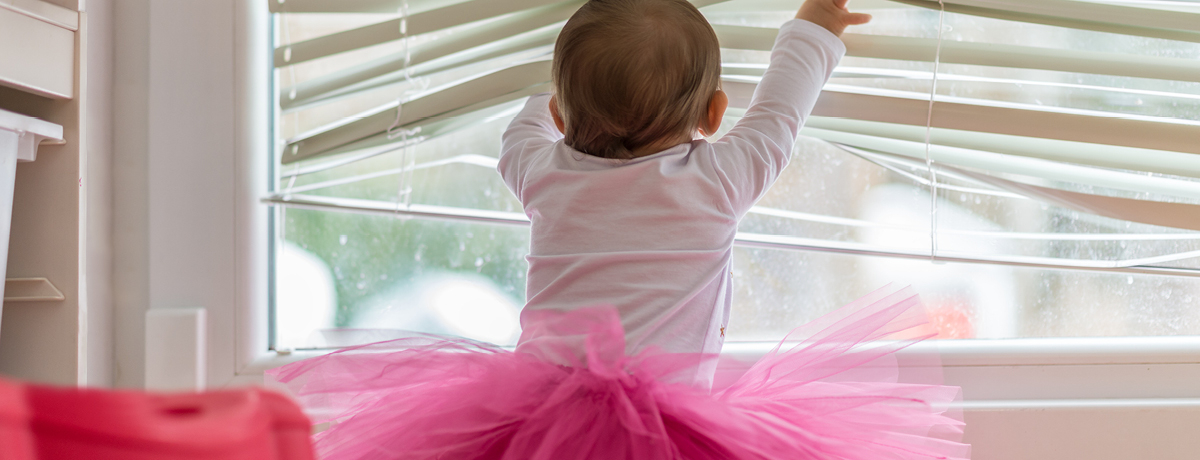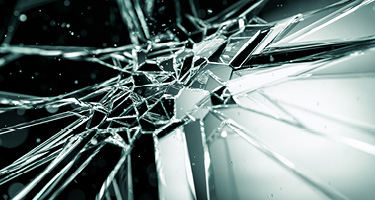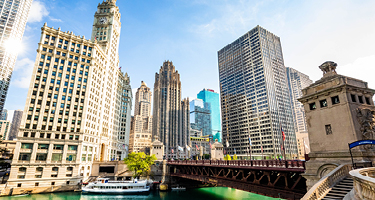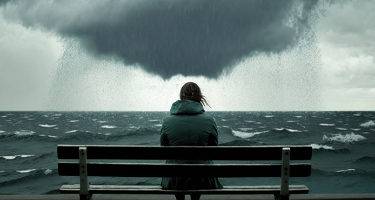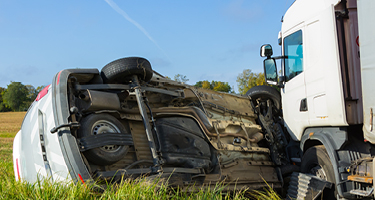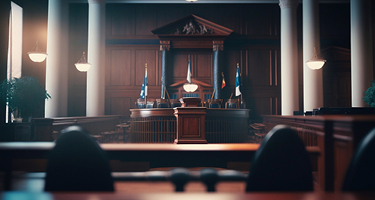THE U.S. Consumer Product Safety Commission (CPSC) calls window-covering cords “one of the most serious hazards in American homes.” Pull cords, continuous-loop cords, inner cords or any other accessible cords on shades, blinds or other window treatments may be dangerous to children. Between 1990 and 2015, an average of almost two children every day were treated in emergency departments for injuries caused by window blinds. How can you identify strangulation hazards, and what can you do if a child you love is harmed?
Window-Covering Cord Hazards
The window-covering industry has known about strangulation hazards since the 1940s. Experts say children between ages one and four are at the most significant risk of injury from cords because they have recently gained mobility, are more curious about their surroundings, don’t understand the potential danger and are unable to free themselves if they become entangled.
The Voluntary Safety Standard
On December 15, 2018, a new voluntary industry standard went into effect to help ensure that manufacturers produce safer window coverings. However, the standard applies only to stock coverings and not custom windows. The CPSC is currently proposing a new rule that will require custom coverings to meet the same safety standards as stock ones.
The 2018 standard offers guidance on how an operating cord should be incorporated into a stock window covering. Cordless coverings, as their name indicates, have no operating cords. Short static coverings must have an operating cable that is eight inches or shorter regardless of its position. Finally, in coverings with inaccessible operating cords, those cords must maintain their inaccessibility during safety testing.
Safety Tips for Parents and Caregivers
The CPSC urges parents and caregivers whose windows still have corded blinds to replace them with cordless ones, particularly if they have small children. If doing so isn’t possible, the commission recommends the following:
- Move all cribs, beds, furniture and toys away from windows and window cords.
- Make tasseled cords as short as possible.
- Keep all cords well out of the reach of children.
- Eliminate any dangling cords.
- Permanently anchor continuous-looped bead chains and cords to the floor or wall.
What to Do After an Injury
If your child or a family member is seriously injured, contacting a lawyer is the last thing initially on your mind. You must, however, remember to preserve the evidence: Maintain the window, window covering, installation instructions, manual and warnings to the extent you can.
Preserve any purchase information as well. A question might arise during your case about why you bought that specific window covering. Did the sales associate warn you of its hidden dangers? Did you do research online that led you to believe the coverings were safe and high-quality? Gather all this kind of information too. A lawyer can help you ensure that all critical evidence is preserved—so contact one before discarding, repairing or destroying any evidence, such as the items listed above.
Who Is Responsible?
Manufacturers must sell reasonably safe products and warn of hidden dangers. In a typical window-covering injury lawsuit, the manufacturer and the seller are defendants. In many jurisdictions, both have a duty to exercise ordinary care to prevent consumers from harm.
What Types of Damages Can You Recover?
In a typical lawsuit against a manufacturer or seller of a dangerous window covering, the plaintiff can recover several types of damages. For example, the cost of past and future medical care for the injured child is often brought in these types of suits. Noneconomic damages can be in play as well: Most jurisdictions allow the child to recover for his or her past and future pain, suffering and loss of enjoyment of life. Some also allow the child’s parents to recover emotional damages when the child has suffered a significant, permanent injury.
Conclusion
If the unthinkable happens and you or someone you love is injured by a defective window covering, please reach out to a lawyer. It may not be the first thing you think of in these situations, but it is a vital step to take when a child or family member is injured.
Original article and citations here: https://langinolaw.com/articles/window-safety-for-families
Adam Langino is a personal injury attorney that handles catastrophic injury and wrongful death cases in North Carolina and Florida. He lives in Chapel Hill, NC, with his wife, three children and a golden retriever. He has his own law firm, Langino Law PLLC, and is presently the Chair of the American Association for Justice’s Product Liability Section.

